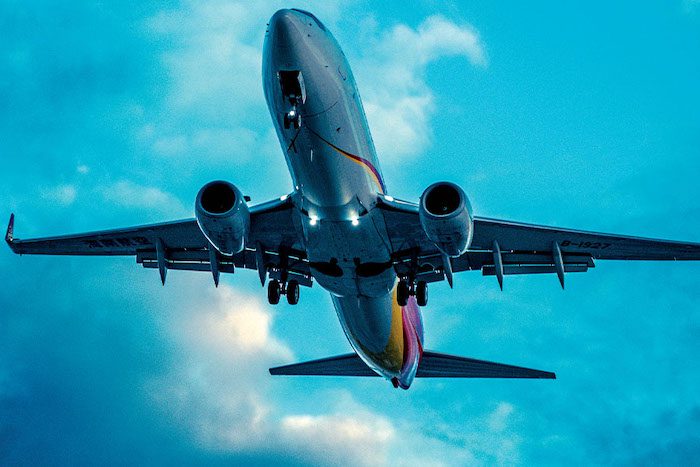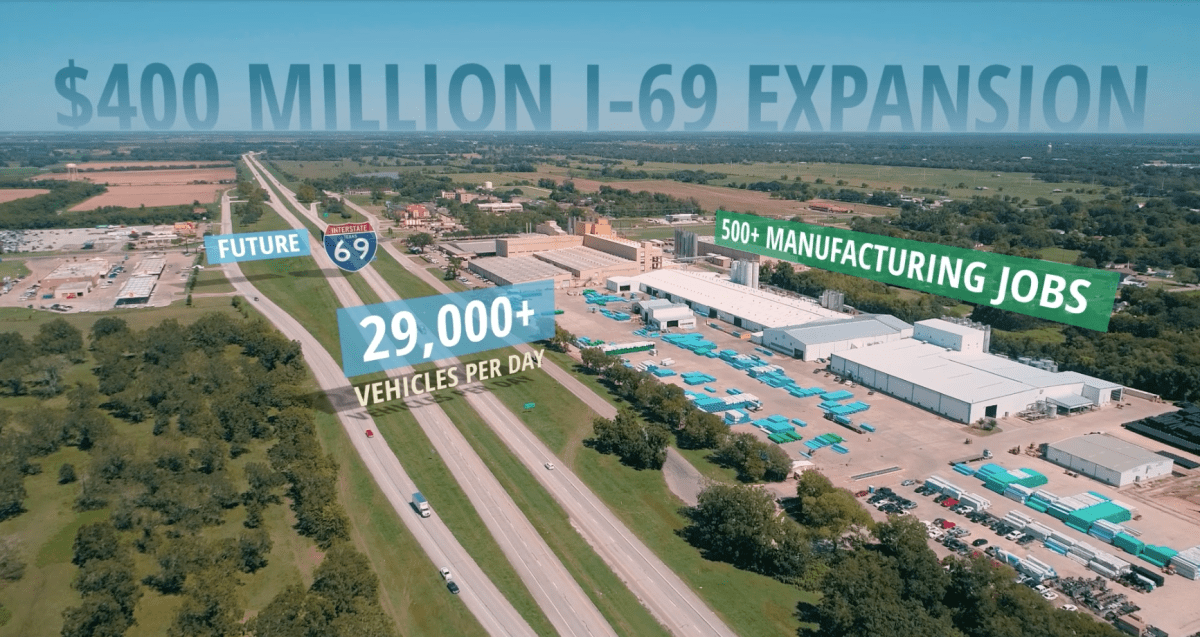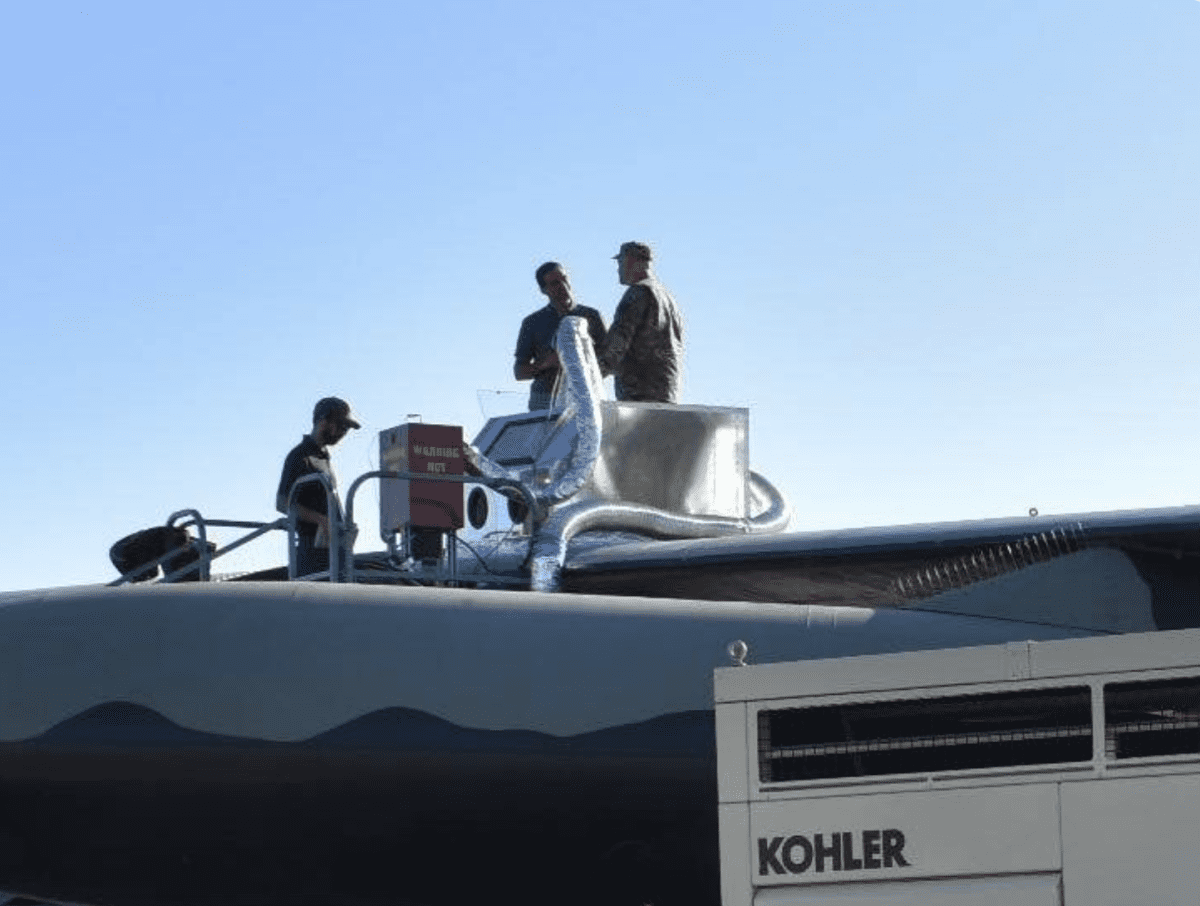When most people think of aviation, they picture the roar of engines, the sight of planes taking off, or the convenience of boarding a flight to another city. But beyond the runways, aviation plays a pivotal role in strengthening local economies and shaping the future of communities. From job creation and business recruitment to tourism and global connectivity, aviation is not just about moving people—it’s about driving prosperity.
Aviation as an Economic Engine
Airports, whether small regional hubs or large international gateways, act as powerful economic engines. According to industry studies, every dollar invested in aviation generates multiple dollars in return through jobs, commerce, and infrastructure growth. The economic impact is often measured in three ways: direct, indirect, and induced benefits.
Direct benefits include employment at the airport—pilots, mechanics, air traffic controllers, ground crews, and administrative staff. Indirect benefits stem from industries that support aviation, such as fuel suppliers, catering companies, and maintenance providers. Induced benefits ripple outward when these employees spend their wages in the community, from shopping locally to buying homes. Together, these layers create a multiplier effect that strengthens the regional economy.
Attracting Business Investment
A community with strong aviation assets holds a distinct advantage in attracting new business. Companies that rely on just-in-time delivery, such as advanced manufacturing, pharmaceuticals, and technology firms, often select locations based on proximity to air service. Corporate executives also consider how quickly they can connect to clients, headquarters, or overseas markets. For communities competing in today’s global economy, aviation access is no longer a luxury—it is an essential component of their economic development toolkit.
One community that has used aviation to its advantage is Roswell, New Mexico. Roswell has a long and storied connection to aviation. While it is perhaps most famously linked to the legend of an alien pilot said to have crash-landed a flying saucer in the desert, the community’s ties to flight go far deeper. For decades, the mystery surrounding this “otherworldly flyer” has fueled imaginations, making Roswell a symbol of both aviation history and cosmic curiosity.
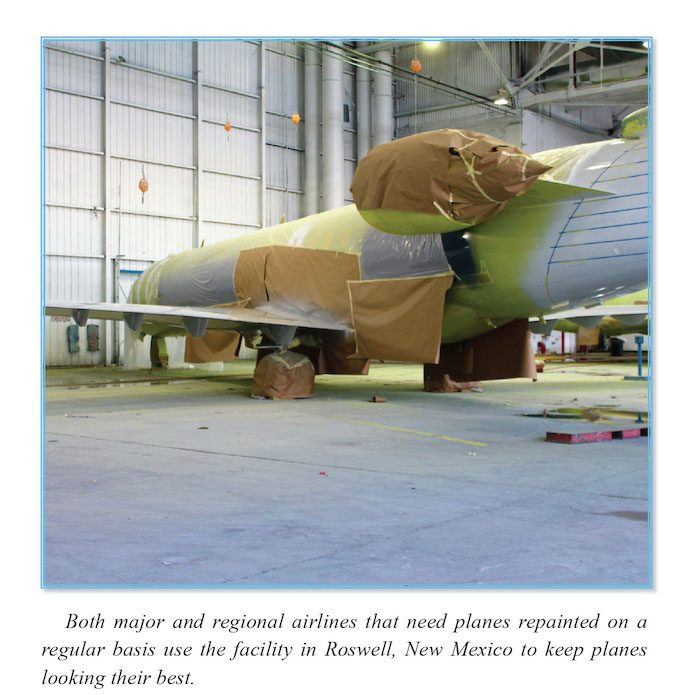
However, in another section of the aviation industry, the city’s desert-like environment and wide-open spaces have made it an ideal location for aircraft operations, maintenance, and storage. In this context, Roswell has become home to Dean Baldwin Painting, a specialist in aircraft painting. Serving commercial airlines, private jets, and other aircraft, the company underscores the city’s growing role in supporting the aviation industry with expert services and a skilled workforce.
They have also gained recognition as a facility that specializes in the careful disassembly and refurbishment of aircraft, salvaging parts that are still in excellent condition and preparing them so they can be efficiently and safely installed in other planes, thereby extending the life of both the components and the aircraft they serve.
“Aviation has been and will continue to be a key sector in our economy,” said Mike Espiritu, President & CEO of Roswell-Chaves County Economic Development Corporation. Our workforce, allied industries, and airport facilities are valuable assets for those companies expanding in the aviation and aerospace industry.”
Workforce training remains one of Roswell’s strongest assets, particularly for the aviation sector that anchors much of the local economy. Eastern New Mexico University’s Roswell campus has established itself as a leader in preparing FAA-certified mechanics and technical professionals who are vital to the industry’s growth. By combining classroom instruction with hands-on training on actual aircraft and engines, ENMU ensures students are workforce-ready upon graduation. This alignment between education and industry demand has made the partnership indispensable.
“Our partnership with ENMU has been a linchpin in our success, helping us develop the future workforce with the critical skills our employers depend on,” said Espiritu. “The result is not only a steady pipeline of talent for local aviation companies, but also a foundation for continued economic development in the region.”
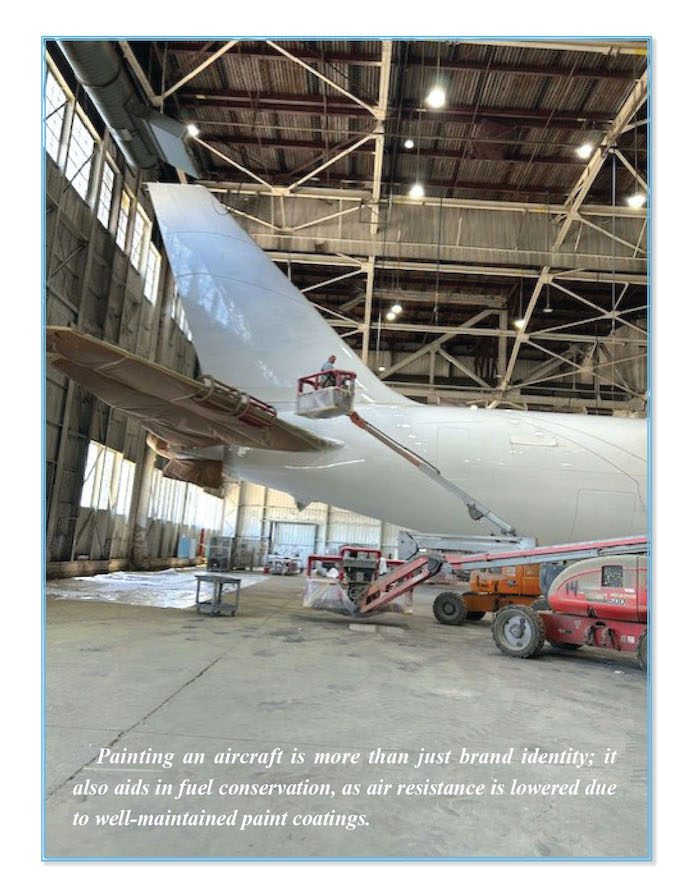
These combined assets have helped position Roswell as the new home of the prestigious National Championship Air Races. This event not only elevates Roswell’s national profile in aviation but also generates significant economic impact through tourism, local spending, and opportunities for businesses across the region.
It is estimated that the National Championship Air Races, starting in Roswell from 2025, are projected to inject upwards of nearly $100 million into the local economy during the first year. This includes spending on lodging, dining, retail, tourism, and local services. This event will have a significant impact on the local and regional economies.
Smaller communities with an airport have a unique opportunity to leverage that asset as a catalyst for business growth, attracting new industries, supporting existing employers, and enhancing overall connectivity for the local economy.
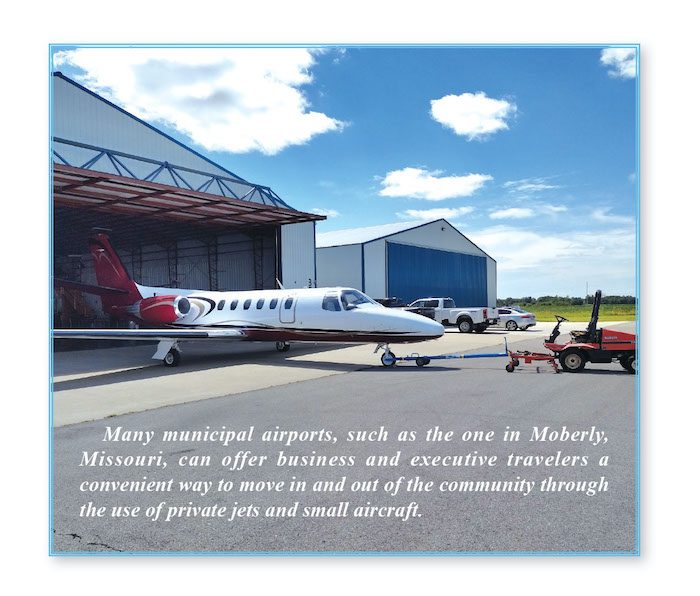
In Moberly, Missouri, a community of slightly over 14,000 residents, the community has invested in the Omar N. Bradley Regional Airport, named in honor of America’s last five-star general and one of the town’s most distinguished sons. The airport serves as a vital asset to the region, supporting local businesses and strengthening Moberly’s role as a hub for commerce and opportunity.
In recent years, the community has made significant multi-million-dollar investments to modernize the airport. Improvements have included the reconstruction of runways, the upgrade of runway lighting, and the addition of new hangars to meet growing demand. To further enhance its appeal, a second-floor space has even been converted into an Airbnb-style accommodation, offering overnight travelers a convenient and unique lodging option right at the airport.
“These investments have been a tremendous asset to our business community,” said Tom Sanders, Director of Community Development for the City of Moberly and Airport Manager. “By modernizing the airport, we are supporting our local businesses, attracting new opportunities, and ensuring that Moberly remains competitive in today’s economy.”

That business connection is visible daily. Companies such as Wilson Trailer, Wal-Mart, and others frequently use the airport to move team members in and out of the community. At the same time, the airport plays an equally important role in agriculture. Regional ag-spraying operations rely on the facility to service farms across the region, making it a key hub for one of Missouri’s most important industries.
The airport is also home to a flight school that trains new pilots and a small maintenance and repair operation that keeps aircraft ready for service. Together, these activities add another layer of value, supporting workforce development in aviation and ensuring that local and visiting pilots alike can count on the facility for more than just a place to land.
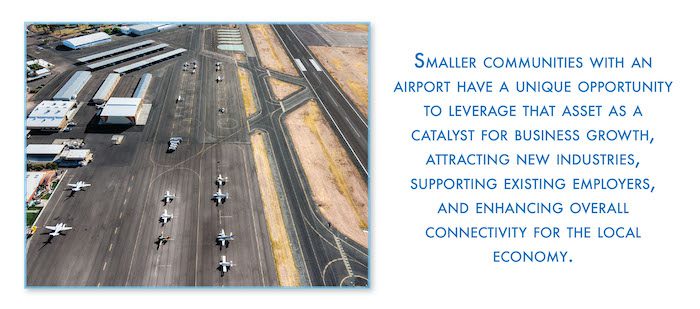 It can be easy to view aviation as a global industry, but its impact is deeply local. Every takeoff and landing represents more than just a trip—it represents jobs, investments, and opportunities. Communities that embrace and support aviation are often the ones that thrive, using air connectivity as a bridge to new markets and a magnet for growth.
It can be easy to view aviation as a global industry, but its impact is deeply local. Every takeoff and landing represents more than just a trip—it represents jobs, investments, and opportunities. Communities that embrace and support aviation are often the ones that thrive, using air connectivity as a bridge to new markets and a magnet for growth.
In today’s interconnected economy, aviation is not simply about planes—it is about possibilities. And when communities harness the power of aviation, they set themselves on a trajectory toward lasting economic development.

